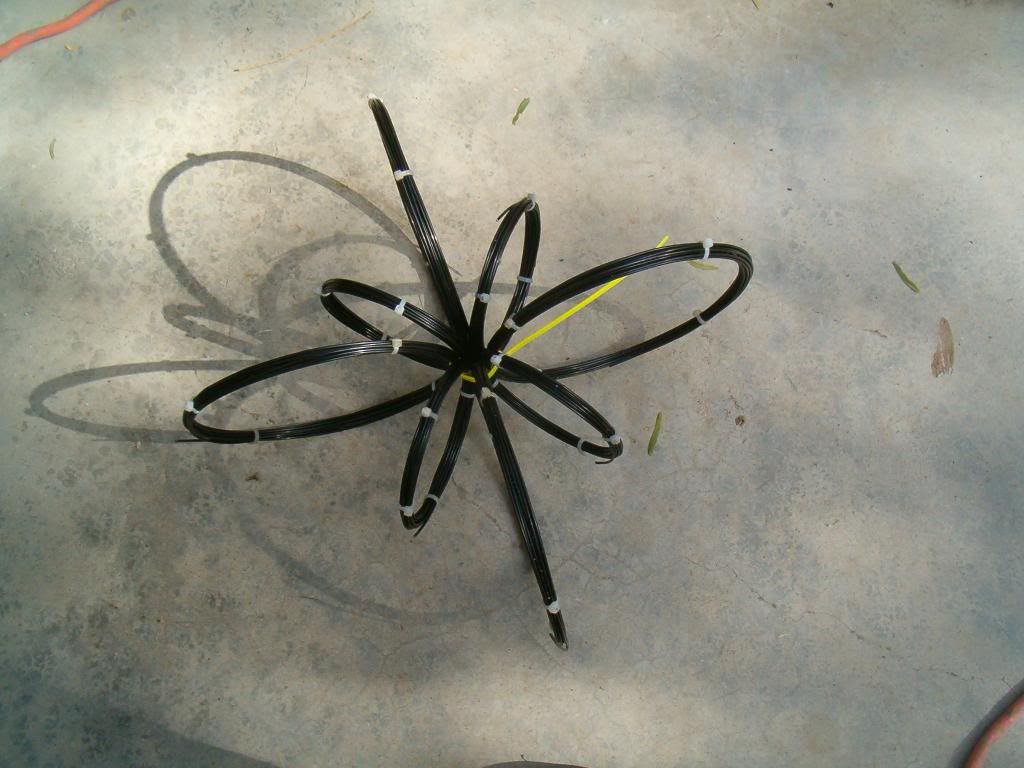Tesla is everywhere 
Solfeggio frequencies - Wikipedia, the free encyclopedia

The "Solfeggio frequencies" are cyclic variation of the numbers 369, 147 and 258.





 and the results here are in line with the inventors claims
and the results here are in line with the inventors claims

 and the results here are in line with the inventors claims
and the results here are in line with the inventors claims





Comment